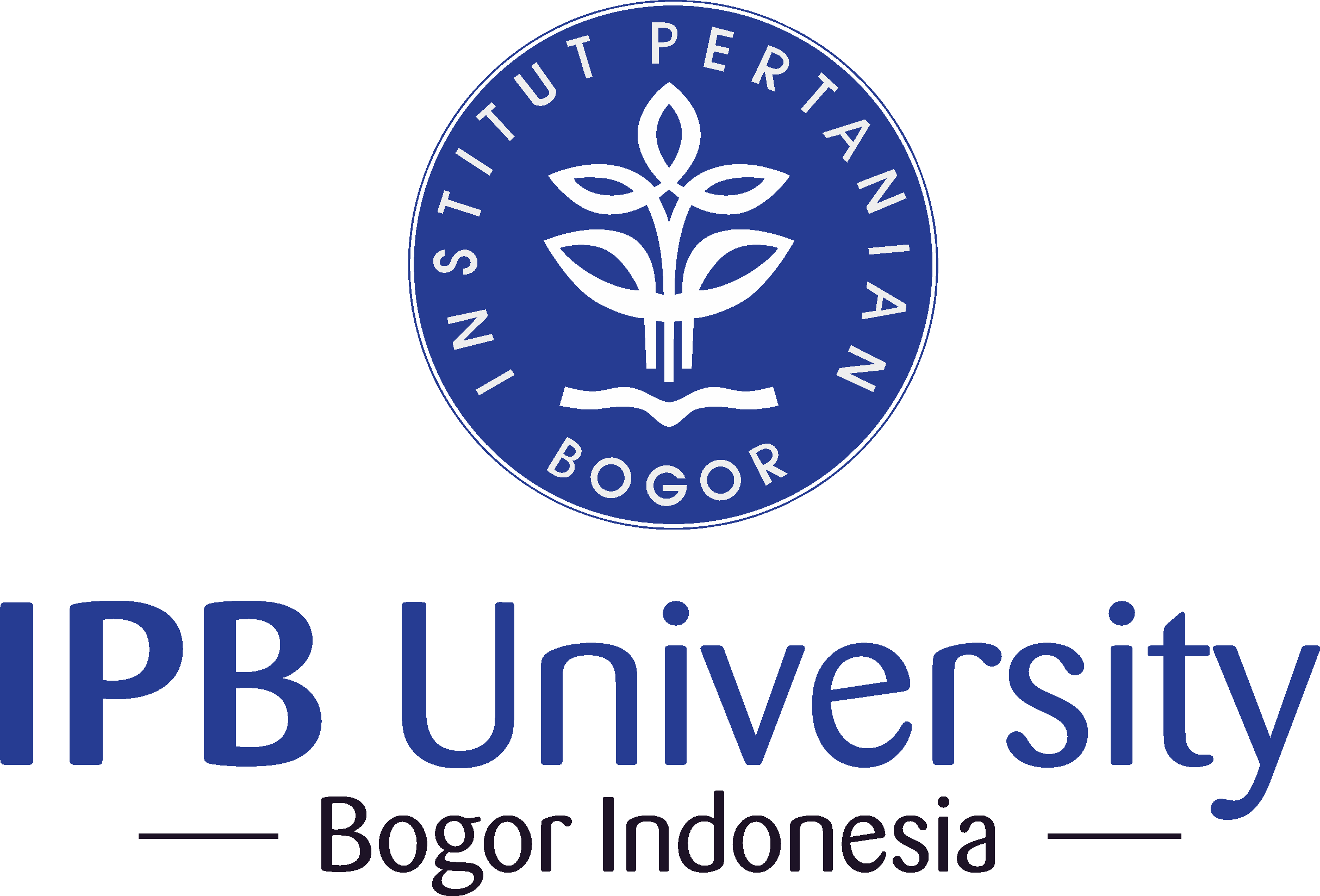Untargeted LC-QTOF-MS/MS Based Metabolomic Profile Approach of Bacterial Ferment Lysates and Skin Commensal Bacterial Cocktail Ferment Lysates
Abstract
Microbial therapy has been increasingly developed in the medical and health fields and has triggered advances in the process of formulating skincare products. The skin microbiota becomes the target in the development of active ingredients to produce an optimal effect in the balance of its composition which leads to its usefulness in maintaining skin health and providing protection. Postbiotic bacteria can maintain homeostasis of the skin microbiome so that it has the potential to be used as an active ingredient in Active Pharmaceutical Ingredient (API) in skincare products and have broad benefits due to its various active substances. The aim of this study was to examine the metabolites profile contained in the bacterial fermented lysate fraction, which is also served as a marker in identifying the metabolite variations of the lysate fractions and their API dosage forms. Ferment lysate API preparations were prepared in the form of freeze dried and spray dried. The metabolite profile analysis was carried out using the untargeted LC-QTOF-MS/MS metabolomic approach and multivariate analysis. Result revealed 30 differential features of the putative metabolites, and by performing metabolites annotationfor their bioactivities through intensive literature research, such as antimicrobial, antioxidant, and anti-inflammatory, we elucidated these compounds are discovered in dry form of lysates.
Downloads
Copyright (c) 2023 Ahmad Baikuni, Fathan Luthfi Hawari, Sutriyo, Delly Ramadon, Amarila Malik

This work is licensed under a Creative Commons Attribution-NonCommercial 4.0 International License.
HAYATI J Biosci is an open access journal and the article's license is CC-BY-NC. This license lets others distribute, remix, tweak, and build upon author's work, as long as they credit the original creation. Authors retain copyright and grant the journal/publisher non exclusive publishing rights with the work simultaneously licensed under a https://creativecommons.org/










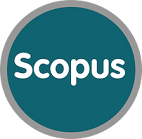
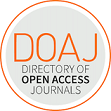




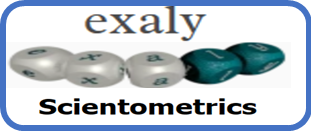




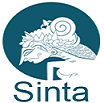


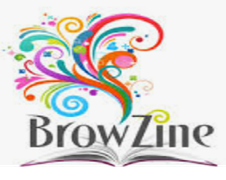
.png) IPB University
IPB University Department of Biology
Department of Biology The Indonesian Biological Society
The Indonesian Biological Society 